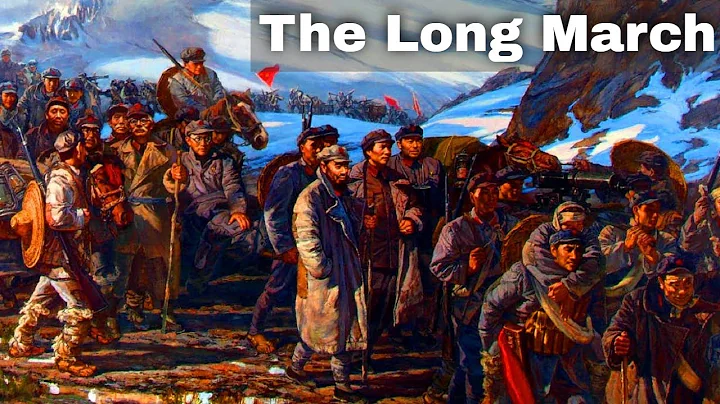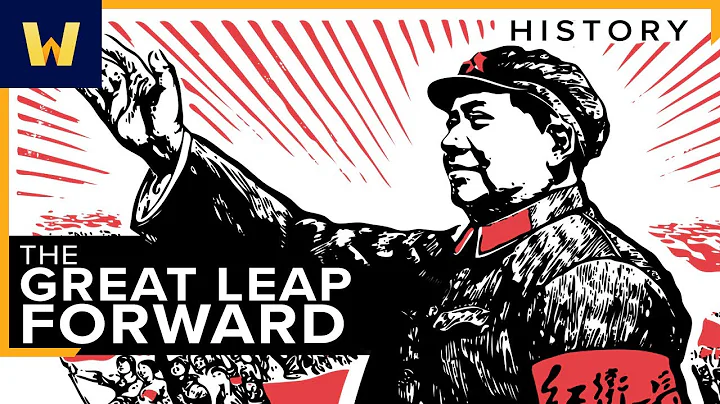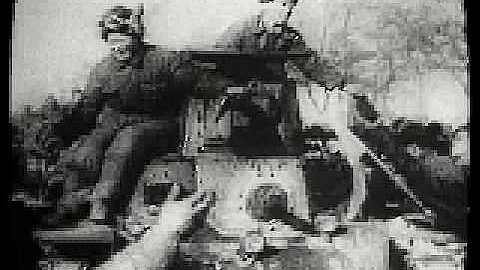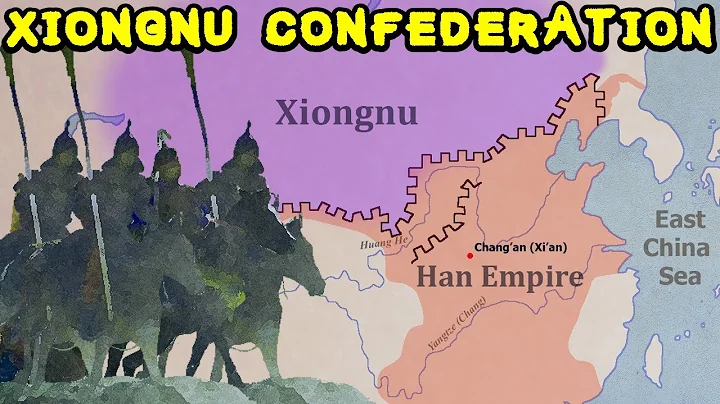Go to Central Revolutionary Base

In mid-December 1931, the white terror in Shanghai became increasingly serious, and the base areas were in urgent need of cadres. The organization decided that I would follow Comrade Enlai, Bocheng and Jianying to quickly evacuate Shanghai and transfer first. Go to the central revolutionary base area. When I went to the central base area, I was just passing by. The purpose was to go to the Hunan, Hubei and Jiangxi base areas. I was assigned to work in the Hunan, Hubei and Jiangxi base areas. Because it is not easy to go there alone, I heard that representatives from Hunan, Hubei and Jiangxi are holding a meeting in the central base area. When I get there, I can go with them to the destination. Comrade Ruihua and his children naturally stayed in Shanghai.
The organizational decision was the right one. Since the rebellion of and Gu Shunzhang, the situation in Shanghai has changed drastically, and many underground organizations have been destroyed by the enemy. The rebellion of someone like Gu Shunzhang, who has been involved in the Special Section of our Central Committee for a long time, has constituted a very real threat to the core strength of our party in Shanghai; and I am someone who has dealt with Gu Shunzhang for a long time. Naturally, it is better to evacuate in time. What's more, the base area is undergoing great development and is short of manpower to carry out the work. I studied military affairs, and the base area is where the Chinese revolution directly uses its force. Therefore, as soon as I was notified by the organization, I hurriedly said goodbye to the comrades who stayed in Shanghai and persisted in the struggle, said goodbye to Ruihua and Zhengyayaxueyu’s daughters, and embarked on the journey to the central base area, looking forward to returning after the victory of the national revolution. meet.
I set off from Shanghai together with Comrade Chen Shouchang. Chen Shouchang was a good comrade who joined the Party during the Great Revolution. At that time, he was a member of the Special Section of the Central Committee responsible for arranging transportation. Later, in 1934, when he was serving as Secretary of the Provincial Party Committee in the Hunan, Hubei and Jiangxi base areas, he died heroically in combat. We first took a boat to Shantou, then took a small steamer to Chaozhou, headed north along the Han River, and set sail in Dabu. Generally speaking, we went from Dabu through Hugang, Yongding, and Shanghang County. First go to Changting , and then transfer to Ruijin . This is a very secret transportation route established in 1928. In 1930, it came under the direct leadership of the Central Special Branch Transportation Bureau.
Many responsible comrades of the Central Committee also passed through this transportation line and were escorted to the Central Base Area. The central base areas also use this route to purchase medicines and radio equipment from Shanghai and Hong Kong. After we connected with the secret transportation station, we followed the guide's instructions for all actions. We were not allowed to ask anything we shouldn't. If you ask him, he won't tell you. We ourselves try not to speak as much as possible, because we don’t speak Cantonese and Hokkien, and a wrong accent will arouse others’ suspicion. Close to town areas, you just follow the guide at a distance. If he says to leave during the day, then leave during the day; if he says to leave at night, then leave at night. We walked like this for four or five days (only thirty or forty miles a day), because we were all in the white area of , , we had to pass the enemy's blockade, and we often had to rush to a reliable place to stay. Sometimes we had to rush, and sometimes we couldn't. Don’t stop and bide your time.
It wasn't until we passed Yongding and knew we had reached the edge of the base area that we felt a little more relaxed and could go on our way with greater peace of mind. On the way, we all wore long robes and pretended to be ordinary people. Everyone prepared a set of arguments to deal with enemy inquiries. Fortunately, we have overcome many difficulties.
The whole journey is not unfamiliar to me. When the Nanchang Uprising troops moved south, I generally retreated from this road. Now I am just walking back. This area is really a good place. Compared with the pavilions in Shanghai, it is a completely different world and refreshing. It's a pity that in such a good place, poor people are forced to leave their homes every year by exorbitant taxes and miscellaneous taxes. They sell " piglets " and travel far away to Southeast Asia. Now they can only pin their hopes on the red areas.
The first city I entered the central base area was Yongding. The county party secretary who received us was a lesbian. She was enthusiastic and very thoughtful. Because Yongding is not far from the border between red and white, it looks a bit decayed and dilapidated. Later we arrived at Changting, which was the first county-level government in the central base area established by Comrade Mao Zedong and Zhu De when they led the Fourth Red Army to Fujian in March 1929. Along the way, I only saw acquaintances when I got to Changting.At that time, the Fujian Provincial Party Committee was located in Changting, where Comrade Ouyang Qin served as Secretary of the Provincial Party Committee. He is an old comrade with whom I worked as a work-study student in France, and we fought side by side in the Wuhan Military Commission and the Shanghai Naval Commission. I was extremely happy to see him. In Changting, just in time for the New Year, the first piece of good news he told me was: On December 14, the 26th Route Army of the Kuomintang’s Northwest Army, with more than 17,000 people, marched in front of our party. Under the leadership of comrades such as the special branch and Communist Party members Zhao Bosheng and Dong Zhentang, they revolted in Ningdu and participated in the Red Army.
On that day, the Fujian Provincial Party Committee prepared a horse for me. I rode a horse and walked more than 60 miles in more than five hours - at one point I even took the wrong road and arrived at Ruijin. The journey from Changting to Ruijin was the happiest day for me since the failure of the Great Revolution. I clearly realized that I had entered the central base area that spanned the two provinces of Fujian and Jiangxi and spanned hundreds of miles. This was completely our own world conquered by the workers and peasants led by our party and the Red Army. It was really a spring breeze and the horse's hooves were so fast that I arrived in Ruijin at about nine o'clock in the evening. That night at the Ruijin headquarters, I met Mao Zedong, Zhou Enlai, Zhu De, Ye Jianying and other comrades. Everyone was extremely happy. Comrade Jianying blamed me for being too bold, saying that the road from Changting to Ruijin was not all in the consolidation area, and it would still be dangerous for a person to ride alone in the dark.
I reported to Enlai and other comrades the new changes in the struggle situation in Shanghai since they left Shanghai. Who has sacrificed, who has rebelled, who has been abandoned, and more importantly, I have reported on the comrades who stayed in Shanghai and continued to struggle. work situation.
Comrade Zhu De, with his unique honest, mature, easy-going and humble demeanor, told me how since the failure of the Nanchang Uprising in and the separation of , how he took the team that failed but refused to bow its head and moved to Shonan and then entered again. Go to the situation where Jinggangshan and Comrade Mao Zedong joined forces.
I told Comrade Mao Zedong my feelings when I first arrived in the base area. I said that working in the white area means persisting in the struggle under the enemy's butcher's knife. I always seem passive. Sometimes I really feel that I can only parry but not fight back. When I reach the base area, I have reached my own world and can walk with arrogance. Comrade Mao Zedong humorously gestured with his hands and said: "It's still like us, taking up the barrel of a gun to establish our own political power. It's a great job!" Just after the National Workers' and Peasants' Congress, the Central Workers' and Peasants' Democratic Government and the Central Revolutionary Military Commission were formally established in November 1931. Coupled with the Ningdu Uprising in December, the Red Army suddenly increased by more than 17,000 people. At this time, the situation in the central base area was really prosperous. When we smashed the enemy's second "encirclement and suppression" campaign, I discussed it with Comrade Bocheng in Shanghai. Like the second counter-"encirclement and suppression" , the Red Army swept across 700 miles of the enemy's army, which was very rare in the history of war. some. The third counter-campaign against "encirclement and suppression" was even more successful, causing shock and division within the Kuomintang army, hence the Ningdu Uprising. In particular, we established a central workers' and peasants' democratic government, which created a situation of confrontation with the national power of the Kuomintang. It can be said that the central base area at this time was in a period of majestic development. A few days after arriving in Ruijin, the organization stopped asking me to go to the Hunan-Hubei-Jiangxi base area, and I was determined to stay and work in the central base area.
The first task I accepted was to go to the Fifth Army Corps of the Chinese Workers’ and Peasants’ Red Army on behalf of the Military Commission to help with the work. This legion was formed from a new group of troops from the Ningdu Uprising. At that time, Comrade Xiao Jinguang had already served as the political commissar of the Fifth Army Corps, Comrade Liu Bojian was the director of the Political Department, and Comrade Zuo Quan was the political commissar of the Fifteenth Army. We and Comrade Zhao Boxheng and others cooperated with each other to unite and stabilize this new uprising force. I talk to some upper-level officers every day to explain the situation, clarify the policies, and explain the righteousness to them, so that they can raise their awareness and feel at ease to join the Red Army. This unit has performed well in future operations and is one of the main forces of the Central Red Army. After returning from the Fifth Army Corps, in January 1932, I was appointed deputy director of the General Political Department of the Chinese Workers' and Peasants' Red Army. The director is Comrade Wang Jiaxiang.Both he and Comrade Ren Bishi went to the central base area in April 1931.
Not long after I arrived at the General Political Department, I received the task of participating in the attack on Ganzhou in early February and went to the front line to help the troops do political and ideological work. When we first held a meeting in Ruijin to study whether to attack Ganzhou, I attended the meeting. At the meeting, Comrade Mao Zedong pointed out that Ganzhou is a strong city that the enemy must defend. The Red Army has poor technical equipment and may not be able to conquer it for a long time, which is not good for us. He opposes fighting this battle. When the enemy is strong and we are weak, Comrade Mao Zedong has always advocated fighting field and mobile warfare whenever possible. Comrade Mao Zedong believed that even if a war was to be fought, the only tactic could be to siege the city and strike for reinforcements. Comrade Zhu De also disapproved of attacking Ganzhou. However, some comrades from the Central Bureau of the Central District and the Central Military Commission firmly advocated attacking Ganzhou.
During the final vote, because of the influence of the "Resolution on Striving for the First Victory of the Revolution in One and Several Provinces" issued by the Central Committee on January 9th, Wang Ming "Left" line, I always wanted to win more victories in Jiangxi. In a big city, the majority of people were in favor of fighting. Because I had just entered the base area and was unclear about the situation, I did not speak at the meeting. Most of the comrades in the Central Bureau were on the wrong side and decided to fight anyway. Now that we have decided to fight, as the deputy director of the General Political Department of , of course I will try my best to mobilize everyone to fight well.
Ganzhou is an important transportation artery between Guangdong and Jiangxi and the economic, political and military center of southern Gansu. It is known as "Ganzhou is connected to Hangzhou by iron". Of course the enemy will not give up this city easily. Moreover, Ganzhou is surrounded by water on three sides, and the terrain is favorable for enemy defense. But we fought bravely, digging tunnels as we fought. The former enemy commander-in-chief who attacked Ganzhou was Comrade Peng Dehuai. The command post was very close to the line of fire. I have been following the operations of the Third Army Headquarters. At that time, I took a look at the terrain of Ganzhou. It was relatively open on all sides, and land and water transportation was relatively convenient. However, we stationed troops under the fortified city, which was taboo for military strategists. I suggest that we should have more control over the reserve team, not less. At that time, behind the three armies were the 15th Army and the 14th Army of the 5th Army as reserves. Later, the Fourth Army, with Lin Biao as commander and Comrade Luo Ronghuan as political commissar, also rushed to Nankang, Xincheng, and Yangmei Temple to the west and south of Ganzhou. area.
Our army used the tunnels to blow up the city with black explosives. Although both explosions destroyed a section of the city wall, especially the second explosion that opened a gap of more than 20 feet at the east gate, the enemy was prepared and the gap was destroyed. We blocked it with firepower, but our army still failed to enter the city. The enemy Luo Zhuoying led three divisions from Ji'an and other places to attack and rush to support Ganzhou. The two enemy regiments took advantage of our weak reconnaissance and security, successfully smuggled across the Ganjiang River, and penetrated into Ganzhou City. As soon as the enemy's large force launched an attack, most of our Red 1st Division 's troops that dug tunnels between the Ximen River and the city wall were cut off by the enemy, and the 1st Division Commander Hou Zhongying was captured. Fortunately, the Fifth Army and the Fifteenth Army rushed forward in time with broadswords and repelled the enemy. The siege troops of the Third Army at the South Gate and the East Gate were able to turn the corner. This battle lasted for a month and three days from the beginning of the siege on February 4 to the forced withdrawal of the siege on March 7. It taught us a great lesson in terms of strategic guiding ideology and tactics.





















